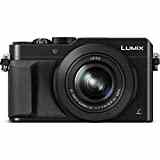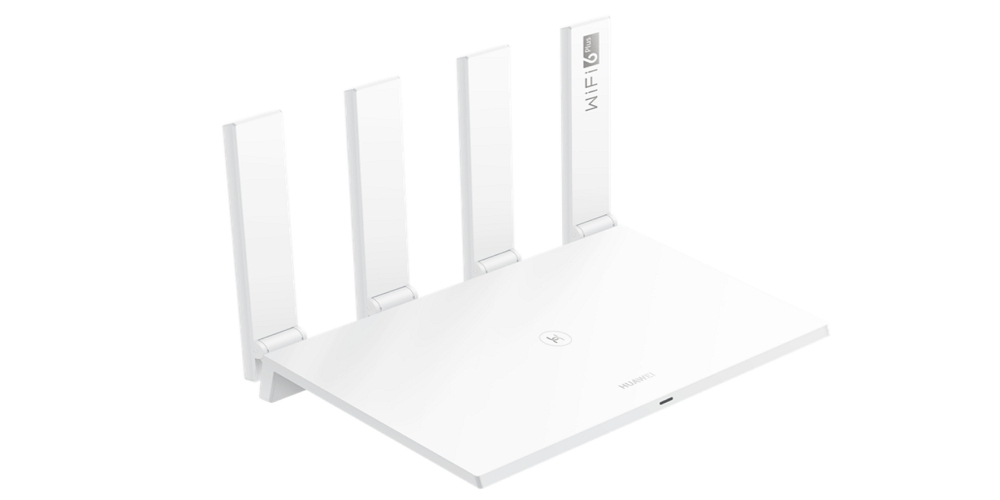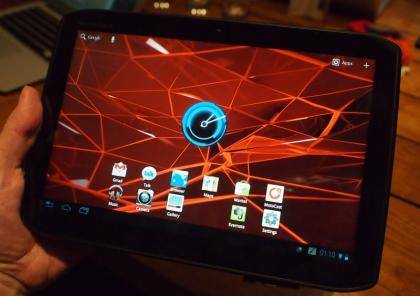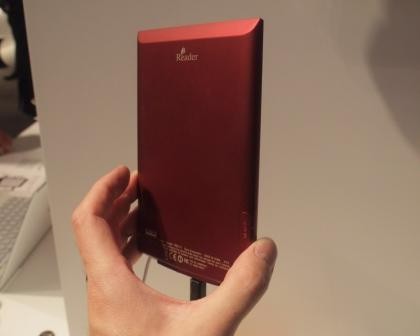Panasonic LX100 review: Still a compact tour de force
The ongoing fight between premium compact cameras is a fierce one. Better sensors and fancier lenses are bringing up overall image quality and performance and the quality of controls and viewfinders put plenty of expensive SLRs to shame. It's wonderful to see that the Panasonic LX100 is one of the best premium compact cameras I've ever seen, even if it is almost two years old now.
Showing up on our store shelves at the end of 2014, this camera really impressed us, and it's now dropped in price too. For just a shade under £500, the Panasonic LX100 continues to be the camera to beat, even if the Canon G7 X has entered the fray as a strong contender.
The light-gathering ability of the LX 100 is the real highlight, setting the bar for a compact camera with a zoom lens. While other cameras, such as the Sony RX100 III use just a 1in sensor, the LX 100 uses a Four Thirds sensor, which is pretty much double the size when compared to the surface area. While this sounds impressive, the camera doesn't actually use all of the sensor's surface area when taking a snap. The usable area varies depending on the selected aspect ratio; for 4:3 photos, the sensor size is effectively 50% bigger than the RX100 III's. This produces 12.5-megapixel photos from the 16-megapixel sensor. This might sound like a drawback, but the lens would have been quite a bit bulkier if it had to cover the entire sensor area.
Factor that in, and the LX100's effective sensor size is smaller than that of the Canon G1 X Mark II . However, sensor size is only one factor in a camera's ability to capture light. The LX100's f/1.7-2.8 aperture is brighter than the Canon's f/2-3.9 lens, and is enough to put it out in front.
That means a shallower depth of field for flattering portraits, and it puts the LX100 on course for class-leading image quality in low light. Its aperture and sensor combination are equivalent to f/3.7-6.2 on a full-frame camera, so it's not unreasonable to think of this as full-frame quality in a pocket-size camera. It's an extraordinary technical achievement, all the more so considering that optical stabilisation is built in.




Calling the LX100 pocket sized might be a bit of a stretch, though. Measuring 70mm from its lens cap to its viewfinder, it just about squeezes into trouser pockets but fits more comfortably in a coat pocket or bag. It comes with a neck rather than a wrist strap. At 407g, it's lighter than the Canon G1 X Mk II (557g) but not as svelte as the Sony RX100 III (288g).
Then again, the Sony RX100 III doesn't offer so many physical controls. The LX100 has an aperture ring on the lens and dials on the top plate for shutter speed and exposure compensation. As with various recent Fujifilm cameras, having dedicated aperture and shutter speed controls means there's no need for a PASM mode dial, as you can simply adjust the relevant control directly or leave both on A for Program mode. There's also a dedicated button to override all settings and put the camera into Intelligent Auto mode.
A second lens ring is assigned to zoom by default, although we found it frustratingly slow to traverse the 3.1x zoom range. It felt easier to use the lever around the shutter button for zooming duties, freeing up the lens ring for ISO speed, white balance or creative filters. This ring has quite a loose movement, though, so there's a fair risk of nudging it by accident. It worked superbly for manual focus, though, amply assisted by a magnified picture-in-picture area while making adjustments and a peaking option that highlights sharply focused parts of the frame.
With dedicated buttons for creative filters, AE/AF lock, ISO speed, white balance, autofocus mode and drive mode, plus three customisable buttons and an elegant Quick Menu system, access to manual controls is extremely fluid. However, we're disappointed that the LCD screen isn't touch sensitive. Other Panasonic cameras make great use of their touchscreens for moving the autofocus point and navigating the Quick Menu. The LX100 is packed with sophisticated autofocus modes including fast subject tracking, the ability to position the spot focus area right into the corners and to vary its size from a pinpoint to almost the full frame height. However, without a touchscreen these features are slightly clumsy to access. The screen isn't articulated either – a feature we value very highly, and one that the rivals from Sony and Canon both offer.
The flash has been spun off as a detachable unit, which seems like a reasonable compromise to keep the size down. We're glad to see that it sits in a standard hotshoe, so a more powerful flashgun or wireless trigger can be used instead. The supplied unit is rated at Guide Number 7 at ISO 100, which is no brighter than most integrated flashes. However, it behaved very oddly in our tests, with an On/Off switch that worked in reverse and serious problems with flash metering. The flash's firmware is at version 0.4 on our test sample, so hopefully these issues are either atypical or will be ironed out by the time the camera reaches the shops.
Panasonic's Wi-Fi implementation is as good as it gets, with full control over photographic settings in remote viewfinder mode – including touchscreen autofocus control. This is particularly welcome while capturing video. We also appreciate how both the camera and the app's controls are accessible at the same time – most cameras allow one or the other. There's a stop-motion animation capture mode, complete with the ability to convert a sequence of photos into a video file. A geo-tagging feature uses the smartphone's GPS function to create a log and then retrospectively tag photos on the camera.
Performance was seriously fast in our tests. It focused and captured a photo in about 150ms on average, and remained responsive and accurate in low light. Photos were captured every 0.6 seconds in normal use. Continuous mode ran at 11.6fps for 96 JPEGs or 23 RAW frames before slowing. Selecting continuous autofocus delivered speeds between 5.9fps and 4.3fps, depending on the subject matter and light conditions. All of these results are up there with the best we've seen. The relatively modest 24-75mm (equivalent) focal length range means this isn't really a camera for action photography, but it's great to know that the speed is there should you need it.
VIDEO QUALITY
Videos are captured at resolutions up to 4K (3,840x2,160) at 24 or 25fps. We're not sure how many potential buyers will see this as a must-have feature, but the quality of the 4K footage is superb. Even after resizing to fit a 1080p display, 4K footage looked significantly more detailed than its 1080p clips, which were excellent in their own right.
There's full control over exposure settings but the Cinelike colour presets included with the Panasonic GH4 and FZ1000 are absent here. Even so, creating a custom Photo Style with minimum contrast and sharpness gave a good base for applying colour correction and sharpening in video-editing software. However, with no microphone input, slow motion or high-bit-rate 1080p capture, this feels more like an extremely high quality point-and-shoot video camera than a serious videographer's camera.
Panasonic's target audience for the LX100 is more likely to be interested in the 4K Photo mode. After enabling it in the menu, video is captured at the aspect ratio selected on the switch on the lens, from a choice of 3:2, 16:9, 1:1 or 4:3. These aren't normal ratios for video but the videos effectively contain 8-megapixel photos captured at 25fps. During video playback, any frame can be converted into a JPEG with a couple of button pushes, complete with EXIF data.
Image quality of these 4K photos is somewhat limited by the AVC video compression, which struggled a little with fast motion and noise – when a single frame is scrutinised at least. Even so, it's a handy trick for capturing action with split-second timing, and without having to fill the memory card with hundreds of 12-megapixel photos in continuous mode.
^ The 4K Photo mode captures 4K video in a variety of aspect ratios, ready for conversion into photos. Capturing wildlife is somewhat hampered by the small zoom range, though. (1/400s, f/2.8, ISO 200, 84mm equivalent)
^ Image quality deteriorates quite quickly as the ISO speed goes up in 4K Photo mode. (1/2,000s, f/2.8, ISO 1600, 84mm equivalent)
Panasonic LUMIX DMC-LX100EBK Premium Compact Camera with 24 mm LEICA DC Vario-Summilux Lens - Black £399.00 Buy now




Leave a Comment